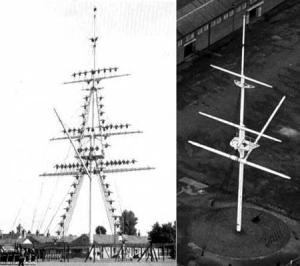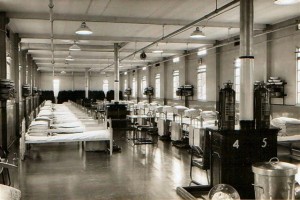My Pilgrimage to Suffolk

 My relationship with this beautiful part of East Anglia began forty years ago. We drove past Woolverston and Chelmondiston, before turning down the steep hill towards Pin Mill. Here, time drags its heals at the Butt and Oyster where old world charm wallows with contemporary pub grub. Tolly Cobbold used to reside but no longer; however, the brewery name is just visible on painted walls of other pubs in the area. The Brewery was consumed like so many other ones but did survive until 2002.
My relationship with this beautiful part of East Anglia began forty years ago. We drove past Woolverston and Chelmondiston, before turning down the steep hill towards Pin Mill. Here, time drags its heals at the Butt and Oyster where old world charm wallows with contemporary pub grub. Tolly Cobbold used to reside but no longer; however, the brewery name is just visible on painted walls of other pubs in the area. The Brewery was consumed like so many other ones but did survive until 2002.
Bob Roberts lived here. He was the last of the `Sailormen` working Thames Sailing Barges, and skippered the Cambria that traded up until 1971. In English folk music Bob is an iconic figure, many of the songs he sang here still reverberate in the nautical world.
Disapproving looks at my son knocking over the tomato sauce, prompted me to take the restless 5 year old for a walk. There still remains a small flotilla of barges around the foreshore, in various states of restoration or decay. As we walked out along the `hard`, my son skipped through the adjacent stream to where it flowed into the Orwell and where we stumbled across a family on a Cornish Crabber; they were waiting for the tide. It is not often I get the opportunity to meet a fellow owner of one but with the tide now around my ankles and the meal I ordered being ready, we parted in haste.
After an excellent lunch we continued on to my pilgrimage. Before reaching Shotley Gate and the former boys training establishment HMS Ganges, we caught sight of the port of Felixstowe at the end of the river Orwell. The port handles over a third of Britain’s container traffic and the enormous ship to shore gantry cranes dominate the landscape.
We stood outside the main gate which we found firmly locked after my son bounced his tennis ball through the bars. A frail old man got out of the car next to us being assisted by a younger man. It turned out he was another ex-Ganges boy who entered service at the beginning of the war. He had come all the way from Australia! Everything appeared in a state of disrepair, including the mast and manned only by ghosts. I was sickened to see this national monument, climbed by thousands of us boys neglected; the parade ground was being reclaimed by nature; somewhere amongst the elder and buddleia, an entire `ships company` had been assembled to witness punishment. I believe it was the last time corporal punishment in the Royal Navy was carried out. The individual was to be caned against a vaulting horse, but after his first `cut`, he grabbed the cane from the Naval Policeman and retaliated! Following an explosion of spontaneous cheers from 2000 boys, in two hours the boy was discharged and on his way home! The polished brass cannons and plaque with the words FEAR GOD HONOUR THE KING, were no longer relevant; the times they were a changing!
On the foreshore, now stands a museum to this `stone frigate` that began its life as a ship-of-the-line in Falmouth, training boys for the Navy for well over a hundred years, closing when the school leaving age went up to sixteen. She arrived off Harwich in 1899, when the boys started the move ashore. It was not until 1907, after the Ganges 2 was towed away; all connections with a ship moored off Shotley were severed. The shore establishment took on the name Ganges and obtained the mast from the frigate HMS Cordelia. The mast was towed by sea from Sheerness. When it arrived, the 143 foot monster was man-handled by the boys up the steep slopes to where it now stands.
The museum at the entrance to Shotley Marina was closed when we arrived, it stands where the sports field used to be and where I, a fifteen year old recruit ran my socks off in the 400 metres but was only awarded runner up! Not bad from a group of 2000 boys though. The pier was empty with not a whaler or cutter to be seen! Here I cast off, sailing away to the four corners of the world along with so many others. So many ghosts stood with me on the foreshore that day. Looking across to Harwich, the Cornish Crabber sailed past one of the Trinity House light ships moored offshore. These ships have long been associated with this area but I wondered if the hulk would ever shine its light again.
This corner of Suffolk is rich in history but constantly in a state of change and vibrant with life afloat, it is well worth a visit. As we drove back up the hill from the foreshore, I took one last look at the broken mast, almost shielded by the poplars but it will always remain prominent in the minds of the hundreds of thousands of boys who went there.